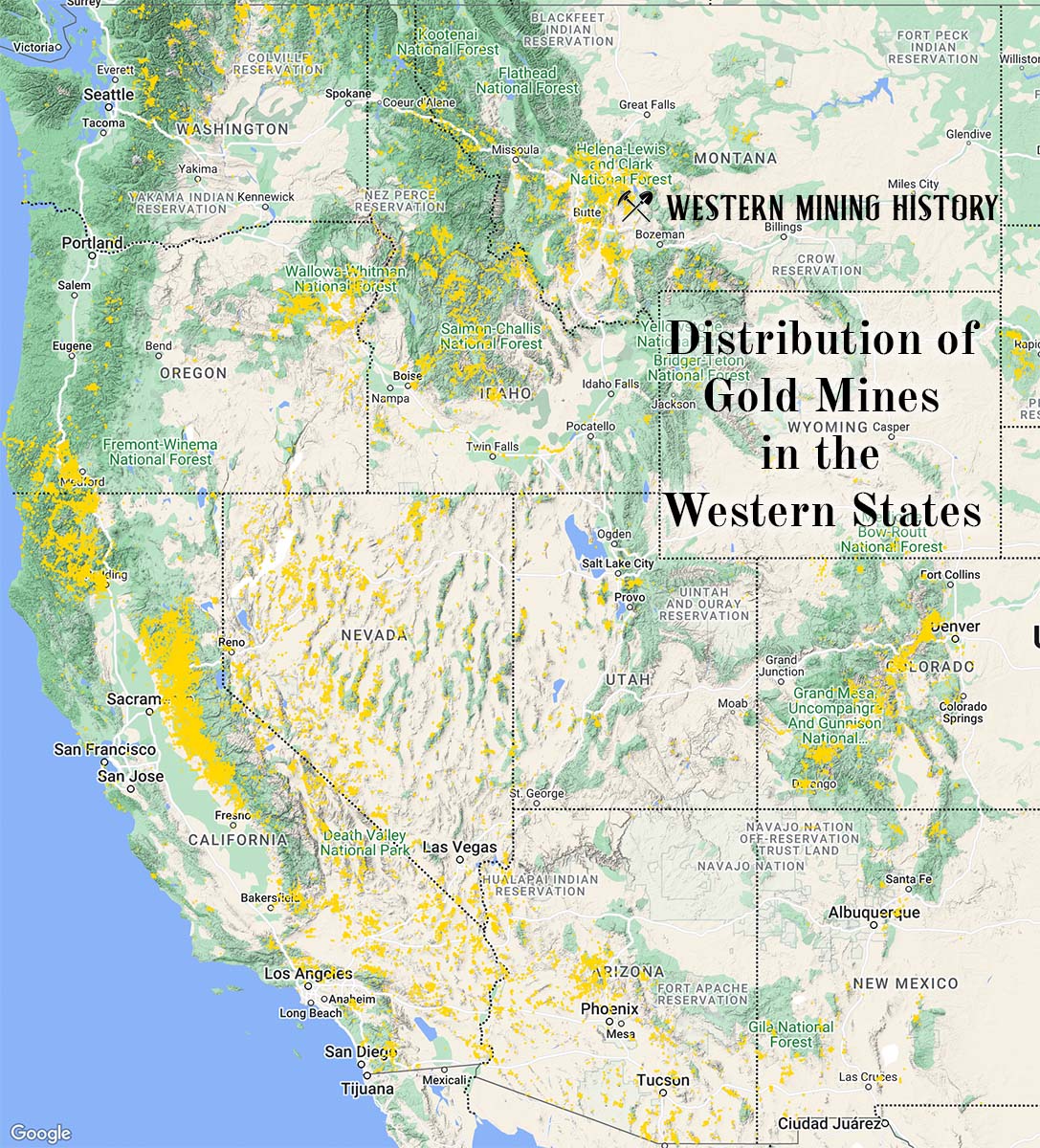The Central Standard Shaft is a gold, silver, and lead mine located in Utah county, Utah at an elevation of 5,899 feet.
About the MRDS Data:
All mine locations were obtained from the USGS Mineral Resources Data System. The locations and other information in this database have not been verified for accuracy. It should be assumed that all mines are on private property.
Mine Info
Elevation: 5,899 Feet (1,798 Meters)
Commodity: Gold, Silver, Lead
Lat, Long: 39.97778, -112.06222
Map: View on Google Maps
Central Standard Shaft MRDS details
Site Name
Primary: Central Standard Shaft
Commodity
Primary: Gold
Primary: Silver
Primary: Lead
Location
State: Utah
County: Utah
District: Tintic District District District
Land Status
Not available
Holdings
Not available
Workings
Type: Underground
Ownership
Owner Name: Sunshine Mining Co.
Owner Name: Central Standard Consolidated Mines Co.,
Home Office: Box 90, Salt Lake City, Utah
Production
Not available
Deposit
Record Type: Site
Operation Category: Occurrence
Operation Type: Unknown
Discovery Year: 1969
Discovery Method: Unknown
Years of Production:
Organization:
Significant: N
Deposit Size: S
Physiography
Not available
Mineral Deposit Model
Not available
Orebody
Form: IRREGULAR
Form: IRREGULAR
Structure
Type: R
Description: Ne
Type: L
Description: Minor Nne Fractures
Alterations
Alteration Type: L
Alteration Text: Silicification
Rocks
Name: Quartz Latite
Role: Associated
Age Type: Associated Rock
Age Young: Oligocene
Name: Quartz Latite
Role: Associated
Age Type: Host Rock
Age Young: Late Cambrian
Analytical Data
Not available
Materials
Gangue: Clay
Gangue: Quartz
Comments
Comment (Deposit): PROSPECT, GOOD DRILL INTERCEPTS FROM SURFACE ALONG HOMANSVILLE FAULT
Comment (Workings): ABANDONED BECAUSE OF BAD GROUND 1922, 600 LEVEL EXTENDS SE
Comment (Geology): IMPORTANCE OF MIOCENE INTRUSION NOT ESTABLISHED.
Comment (Deposit): PROSPECT; HARD TO COMPLETE DRILL HOLES IN MINERALIZED GROUND.
Comment (Location): N SIDE PINYON CREEK
Comment (Development): CONSOLIDATION OF COPPER LEAF (DEPOSIT NUMBER 144) AND CENTRAL STANDARD
References
Reference (Deposit): MORRIS, H.T., AND LOVERING,T.S., 1979, GENERAL GEOLOGY AND MINES OF THE EAST TINTIC DISTRICT MINING DISTRICT, UTAH AND JUAB COUNTIES, UTAH: U.S. GEOLOGICAL SURVEY PROFESSIONAL PAPER 1024, 194 PP.
Reference (Deposit): COOK, D.R.,EDITOR, 1957, GEOLOGY OF THE EAST TINTIC DISTRICT MOUNTAINS AND ORE DEPOSITS OF THE TINTIC DISTRICT MINING DISTRICT: UTAH GEOL. SOC. GUIDEBOOK, NO 12, 183 P.
Reference (Deposit): MORRIS, H.T., 1964, GEOLOGY OF THE EUREKA QUADRANGLE, UTAH AND JUAB COUNTIES, UTAH: U.S. GEOLOGICAL SURVEY BULLETIN 1142-K, P. K1-K29.
Reference (Deposit): LINDGREN, WALDEMAR, AND LOUGHLIN, G.F., 1919, GEOLOGY AND ORE DEPOSITS OF THE TINBTIC MINING DISTRICT, UTAH: U.S. GEOLOGICAL SURVEY PROFESSIONAL PAPER 107, 276 P. F5> CENTRAL STANDARD CONSOLIDATEE MINES ANNUAL REPORTS, 1972-1982.
The Top Ten Gold Producing States

These ten states contributed the most to the gold production that built the West from 1848 through the 1930s. The Top Ten Gold Producing States.